A Canary Islands Robin deep in the prehistoric Laurel forest
A quick check reveals there’s a stretch of original Laurisilva forest on our route through Gran Canaria. That’s exciting. How often do you get to walk through prehistoric forest? Especially a tropical or sub-tropical one?
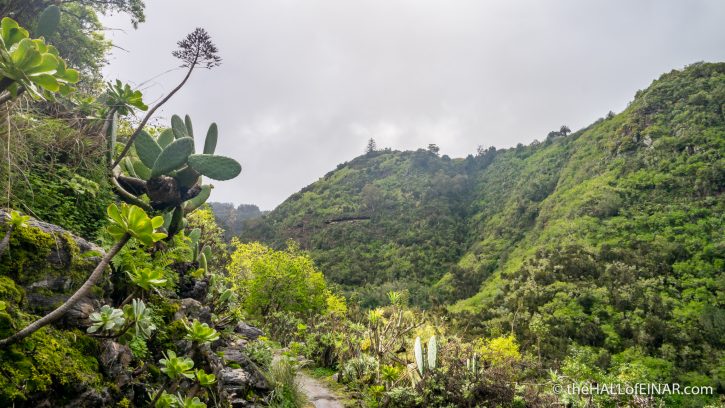
I’m on the lookout for birds and am slightly disappointed. “I’ve come all this way and all we see is a Robin!” I say to my son. “Having said that”, I add, “It’s probably a special sub-species.”
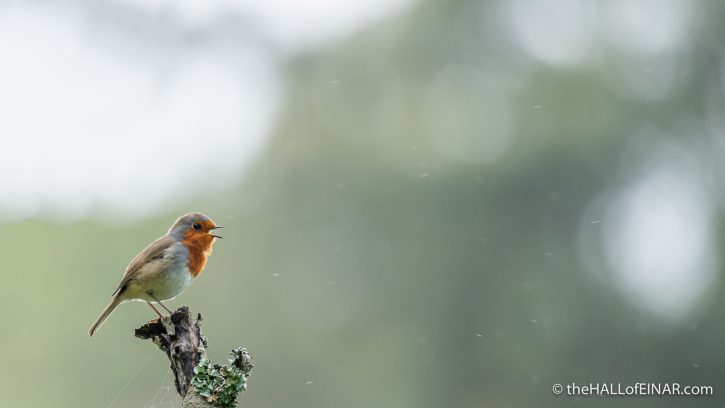
And it is a special sub-species of the European Robin. It’s Erithacus rubecula marionae, the Gran Canaria Canary Island Robin. There’s another Canary Island sub-species, as well, the Tenerife Canary Island Robin.
It definitely looks different. I’m not sure whether it has a bigger head, or whether its shorter wings just make it look like that. It’s got a white ring around its eye. There’s a pronounced grey stripe by the side of its orange breast and the orange is very intense.
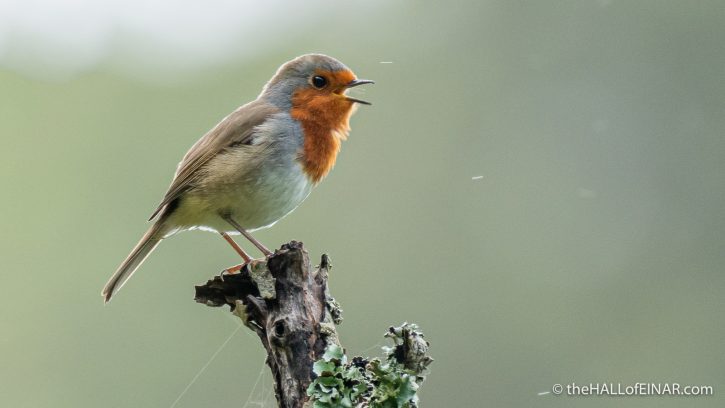
And underneath, the breast is a more pronounced white.
Scientists have checked the DNA in the mitochondria of Gran Canaria Robins. Mitochondria are the power-packs in our cells which are inherited just from our mothers because they’re part of the egg and don’t come from the sperm. The number of differences which have accumulated in the mitochondrial DNA gives an indication of the length of time species and subspecies have been separated from each other. Gran Canaria Robins appear to have separated from European Robins approximately 2.3 million years ago.
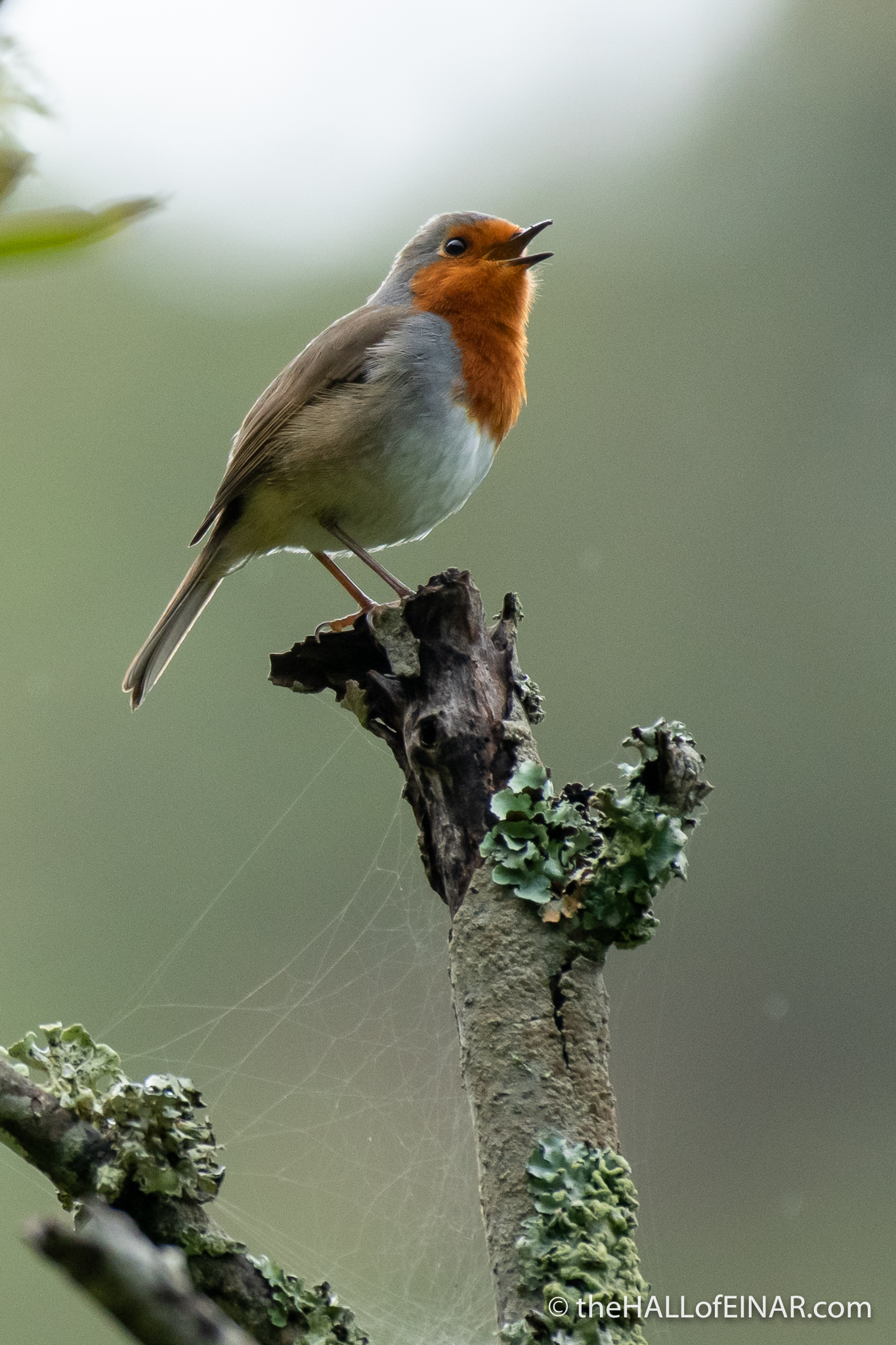
In Germanic mythology, Robins were one of Thor’s storm birds. It must have been quite some storm which brought the ancestors of these Robins to these volcanic islands.
It’s a very special Robin, indeed.
More from Gran Canaria
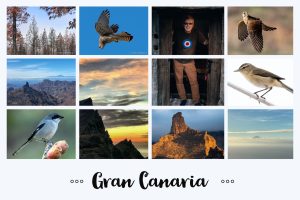 Gran Canaria – the outtakes It's been an incredible few days in Gran Canaria with my son. We've laughed and smiled at so many great… read more
Gran Canaria – the outtakes It's been an incredible few days in Gran Canaria with my son. We've laughed and smiled at so many great… read more Barranco de Barafonso My son has another photograph he'd like to take. He's researched it all and knows the route we'll be taking… read more
Barranco de Barafonso My son has another photograph he'd like to take. He's researched it all and knows the route we'll be taking… read more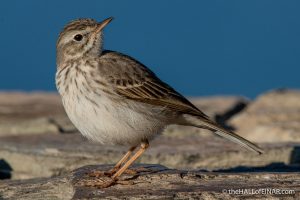 Pipit on parade Many of the plants on Gran Canaria have given up on having leaves. Some have evolved to simply have stems… read more
Pipit on parade Many of the plants on Gran Canaria have given up on having leaves. Some have evolved to simply have stems… read more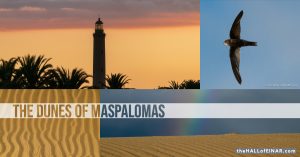 The dunes of Maspalomas My son has a specific photograph in mind and he wants to get it. He's a very driven young man.… read more
The dunes of Maspalomas My son has a specific photograph in mind and he wants to get it. He's a very driven young man.… read more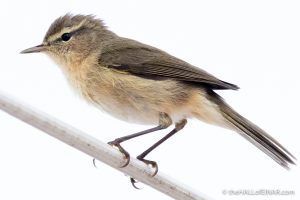 Canary Islands Chiffchaff on the balcony We're in Gran Canaria for a few days and we've moved to Agaete, a coastal town. There's a wonderful walk… read more
Canary Islands Chiffchaff on the balcony We're in Gran Canaria for a few days and we've moved to Agaete, a coastal town. There's a wonderful walk… read more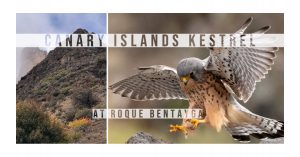 Incoming! We've diverted from our route slightly to visit Roque Bentayga on Gran Canaria. Looking down into the ravine, it's great… read more
Incoming! We've diverted from our route slightly to visit Roque Bentayga on Gran Canaria. Looking down into the ravine, it's great… read more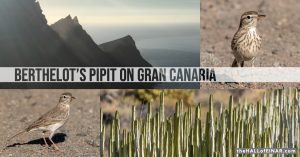 Bertholet’s Pipit on Gran Canaria Clear skies, winding roads, sea spray; what's not to like? We're driving on the GC-200 through Parque Natural Tamadaba on… read more
Bertholet’s Pipit on Gran Canaria Clear skies, winding roads, sea spray; what's not to like? We're driving on the GC-200 through Parque Natural Tamadaba on… read more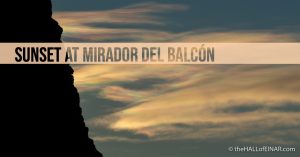 Sunset at Mirador del Balcón My son suggests a place he really wants to go in Gran Canaria. It's a viewpoint over the ocean at… read more
Sunset at Mirador del Balcón My son suggests a place he really wants to go in Gran Canaria. It's a viewpoint over the ocean at… read more